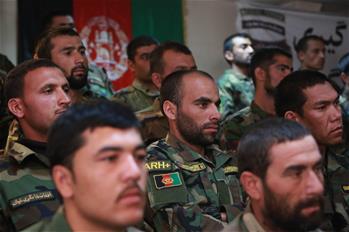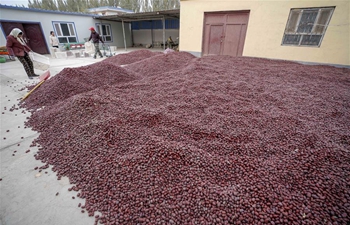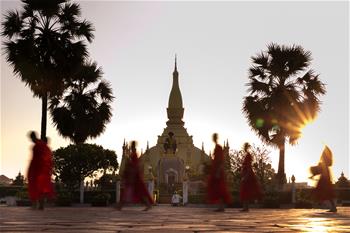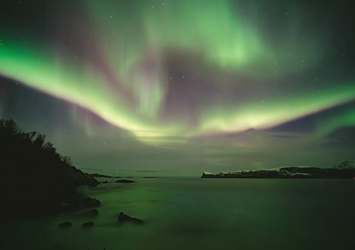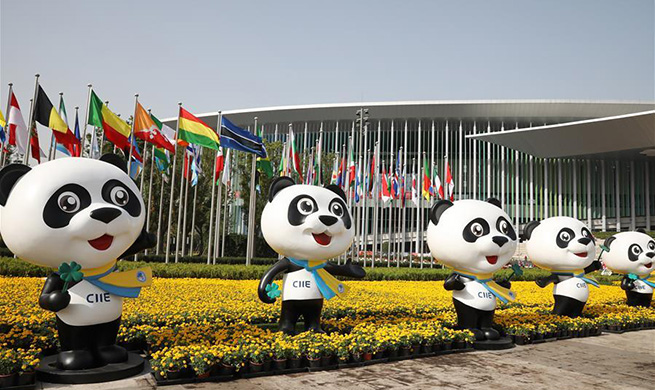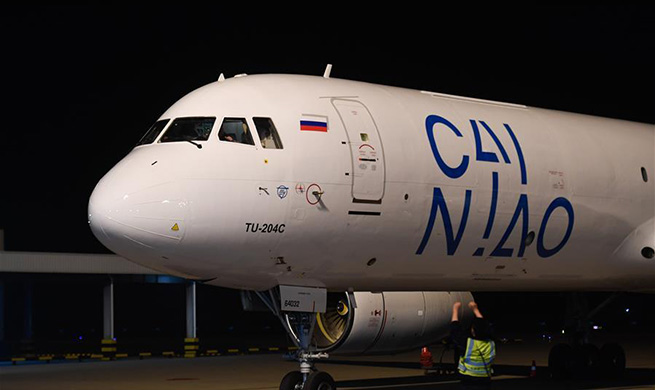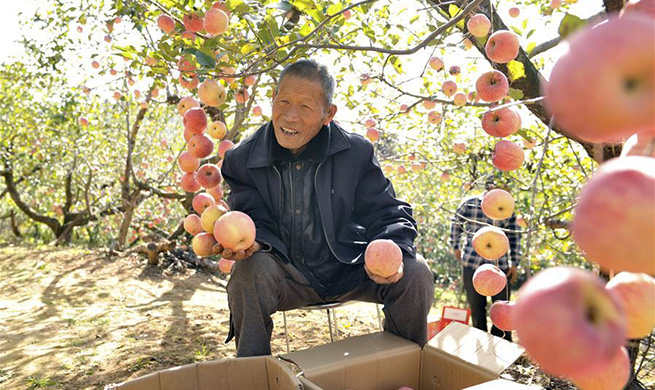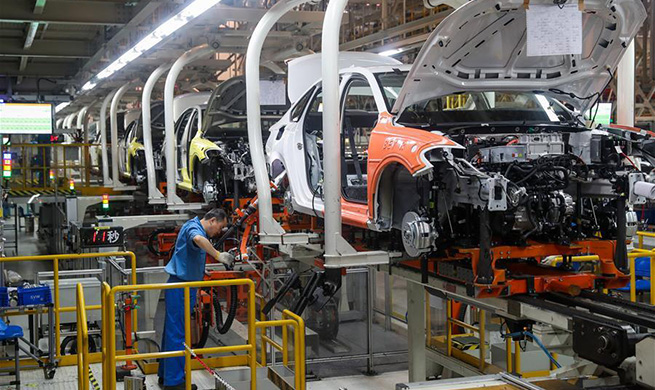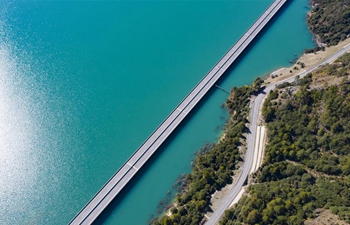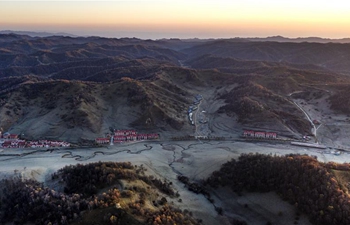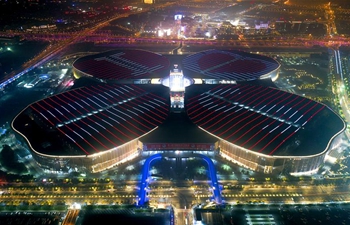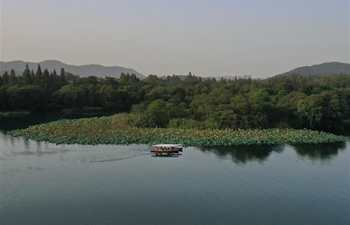by Julia Pierrepont III
LOS ANGELES, Oct. 30 (Xinhua) -- As if wildfires wasn't bad enough for beleaguered Los Angeles residents, authorities said they face an additional new threat: fire-borne air pollution.
As the reoccurring brush fires sweeping the state are causing a significant, though temporary, reduction in the general air quality, officials said, the wildfire pushed back the states' decades-long efforts to combat air pollution.
With the most stringent vehicle emission standards of any state in the nation, residents of California were able to enjoy cleaner air than most parts in the country.
However, charred particulates swept up in the air during firestorms around cities are becoming grave concerns for public safety, particularly for people with lung or breathing issues.
Wildfires in wooded areas are bad enough, emitting charcoal and organic residues from burning trees and shrubs, but the billows of smoke from burning houses and businesses is a much more serious problem because they funnel toxic residues from burning plastics, electronics, manmade materials, chemicals, paints, and many common household solvents into the air as the fire rages.
"You're breathing in some pretty nasty air. It's the fine particles that are the most dangerous - those are the ones that get into the lungs. You don't see them, so you don't know. But if you see smoke, there are definitely a lot of fine particles," Los Angeles Times quoted Steve LaDochy, geosciences and environment professor at Cal State LA, as saying.
Rapidly diffusing through the atmosphere, these toxic clouds have been carried by errant winds to every corner of the city and inland areas as well. Even considerable distances from the firestorm, smoke and toxic particulates are blowing through LA and San Francisco neighborhoods, seriously degrading air quality and prompting the South Coast Air Quality Management District to issue a smoke advisory warning about elevated pollution levels on Tuesday.
The advisory warned of "very unhealthy" air quality in LA neighborhoods surrounding the Getty Fire, citing elevated levels of air pollution from fine-particles and other toxic particulates.
Official air quality advisories are graded on a color scale of green, yellow, orange, red and purple, and air quality in Los Angeles on Monday and Tuesday went from "green" for "good quality" to "yellow," for "moderately hazardous," and in some places bleeding into "orange," which is unhealthy for the more sensitive residents with asthma and lung conditions.
Forecasters predicted that erratic winds would channel smoke from the fires on Los Angeles' westside toward downtown and Burbank on Monday, then further north toward the San Fernando Valley, Simi Valley and potentially as far as Thousand Oaks of Ventura County on Tuesday.
Air quality was even worse in San Francisco Bay area, where the normally "green" quality air spiked in certain areas way into the "red" range, which according to Kristine Roselius, a spokeswoman for the Bay Area Air Quality Management District, is considered unhealthy for everyone.
Pollution concerns combined with fire safety threats and traffic congestion led to multiple school closures, sending over 10,000 Santa Monica and Malibu students home, said district school officials.
More than a dozen schools were closed in Los Angeles Unified School District Tuesday as well, plus Santa Monica College campus closed, and UCLA canceled classes as well.
Though pollution can affect healthy people, it is particularly dangerous for kids, the elderly, asthma victims and patients with lung problems.
Officials advise that residents can protect themselves when air quality is particularly bad by staying inside, closing all windows, using recirculating HEPA air-filters, and avoiding strenuous exercise whenever possible.
For residents who must go outside, close-fitting masks are advised - not cloths or surgical masks, since they do not filter out enough of the fine particles. N95-rated respirator face masks are required, which can filter out up to 95 percent of harmful particulates.
